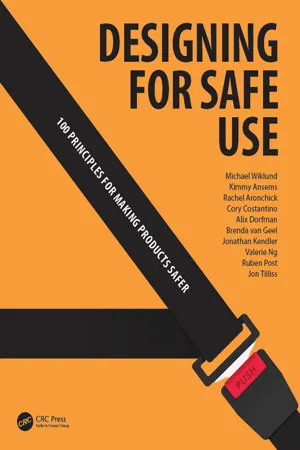
Designing for Safe Use
100 Principles for Making Products Safer
- 258 pages
- English
- ePUB (mobile friendly)
- Available on iOS & Android
Designing for Safe Use
100 Principles for Making Products Safer
About this book
How do you prevent a critical care nurse from accidentally delivering a morphine overdose to an ill patient? Or ensure that people don't insert their arm into a hydraulic mulcher? And what about enabling trapped airline passengers to escape safely in an emergency?
Product designers and engineers face myriad such questions every day. Failure to answer them correctly can result in product designs that lead to injury or even death due to use error. Historically, designers and engineers have searched for answers by sifting through complicated safety standards or obscure industry guidance documents.
Designing for Safe Use is the first comprehensive source of safety-focused design principles for product developers working in any industry.
Inside you'll find 100 principles that help ensure safe interactions with products as varied as baby strollers, stepladders, chainsaws, automobiles, apps, medication packaging, and even airliners. You'll discover how protective features such as blade guards, roll bars, confirmation screens, antimicrobial coatings, and functional groupings can protect against a wide range of dangerous hazards, including sharp edges that can lacerate, top-heavy items that can roll over and crush, fumes that can poison, and small parts that can pose a choking hazard.
Special book features include:
- Concise, illustrated descriptions of design principles
- Sample product designs that illustrate the book's guidelines and exemplify best practices
- Literature references for readers interested in learning more about specific hazards and protective measures
- Statistics on the number of injuries that have arisen in the past due to causes that might be eliminated by applying the principles in the book
Despite its serious subject matter, the book's friendly tone, surprising anecdotes, bold visuals, and occasional attempts at dry humor will keep you interested in the art and science of making products safer. Whether you read the book cover-to-cover or jump around, the book's relatable and practical approach will help you learn a lot about making products safe.
Designing for Safe Use is a primer that will spark in readers a strong appreciation for the need to design safety into products. This reference is for designers, engineers, and students who seek a broad knowledge of safe design solutions.
.
Frequently asked questions
- Essential is ideal for learners and professionals who enjoy exploring a wide range of subjects. Access the Essential Library with 800,000+ trusted titles and best-sellers across business, personal growth, and the humanities. Includes unlimited reading time and Standard Read Aloud voice.
- Complete: Perfect for advanced learners and researchers needing full, unrestricted access. Unlock 1.4M+ books across hundreds of subjects, including academic and specialized titles. The Complete Plan also includes advanced features like Premium Read Aloud and Research Assistant.
Please note we cannot support devices running on iOS 13 and Android 7 or earlier. Learn more about using the app.
Information
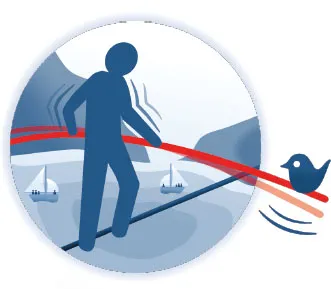
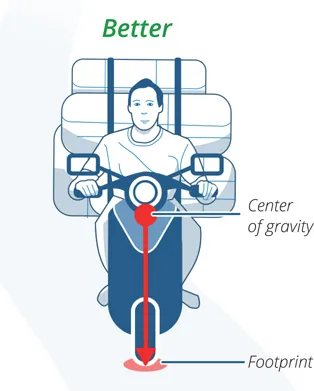
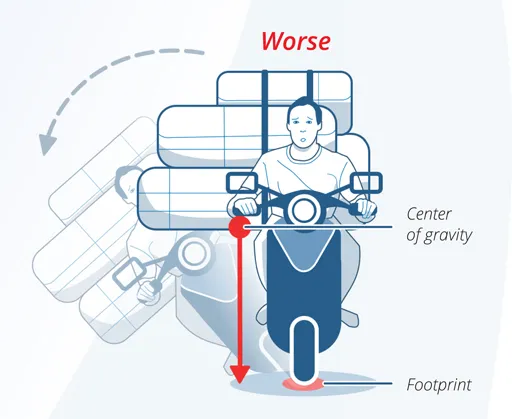



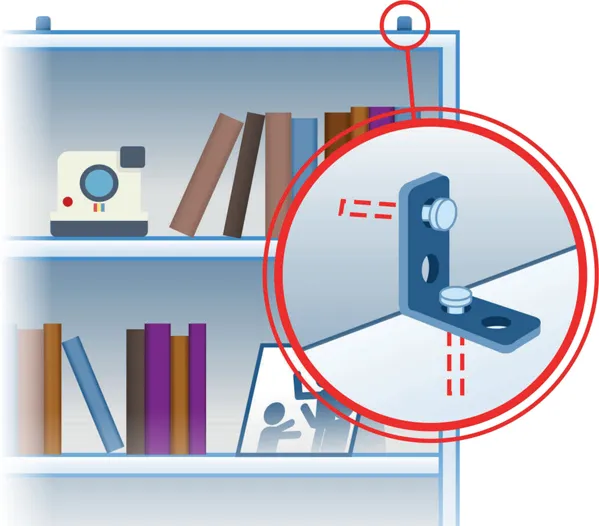
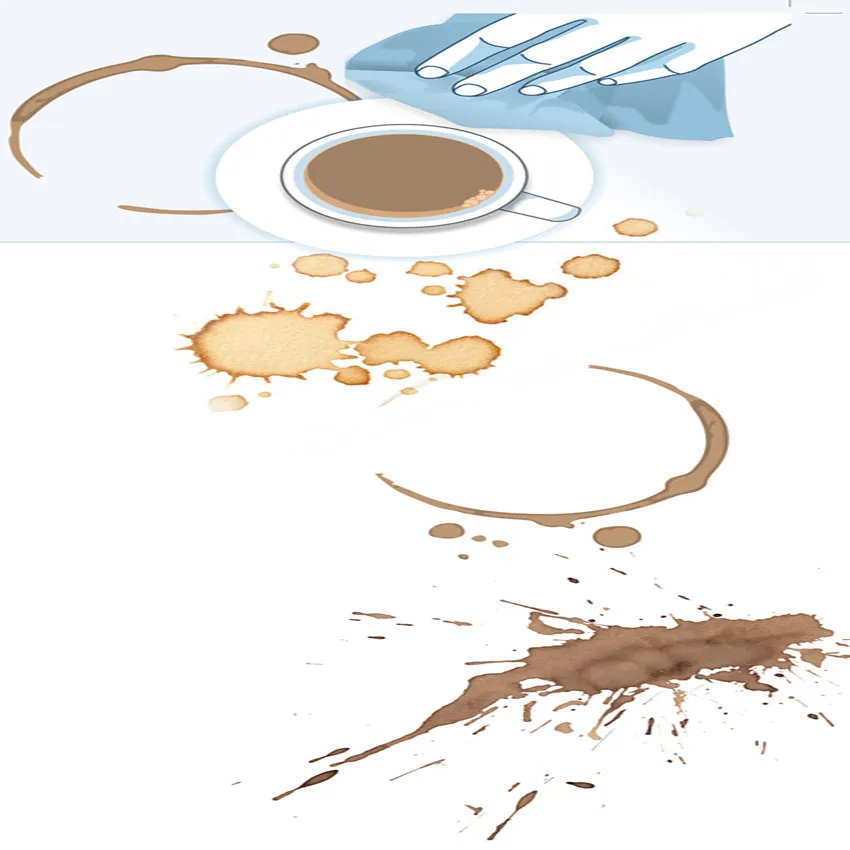


Table of contents
- Cover
- Half Title
- Title Page
- Copyright Page
- Table of Contents
- An introduction to safety
- About the book chapters
- About the exemplars
- About the endnotes
- In conclusion
- Acknowledgments
- Principle 1: Provide stabilization
- Principle 2: Make things easy to clean
- Principle 3: Eliminate small parts from kids’ products
- Principle 4: Limit sound volume
- Principle 5: Include pads
- Principle 6: Make it buoyant
- Principle 7: Temper the glass
- Principle 8: Provide tactile feedback
- Principle 9: Make it fire resistant
- Principle 10: Use non-toxic materials
- Exemplar 1: Car seat
- Exemplar 2: Diabetes management software
- Exemplar 3: Tractor
- Exemplar 4: Stepladder
- Exemplar 5: Anesthesia machine
- Exemplar 6: Chainsaw
- Exemplar 7: Medication blister pack
- Exemplar 8: Steam iron
- Exemplar 9: Automated external defibrillator
- Exemplar 10: Stretcher